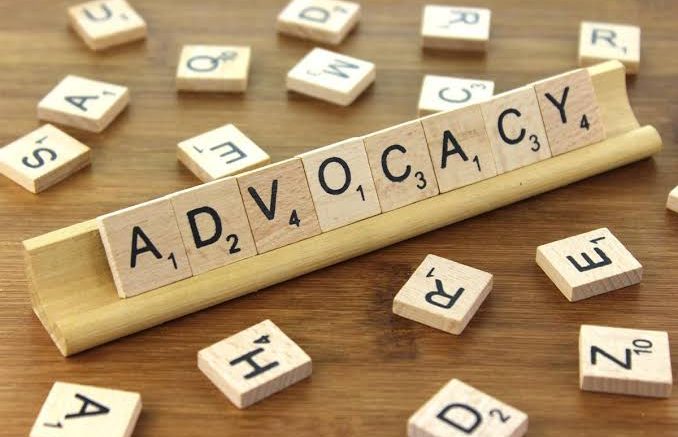In one of my earlier writings, I had elucidated to how communicators can be advocators. The integration of communications with advocacy is the sine qua non of success. Organisations have their own unique structures. Not all companies have one dedicated function that oversees communications as well as advocacy. It does not matter. What matters is how closely these teams work. Having spoken of the fundamentals of advocacy earlier, let us look at how we can draw a plan that provides businesses a smooth license to operate and one wherein brands are protected and reputation maintained.
- Understand your environment
Communicators study the media landscape and do a media dipstick to understand brand reputation. Take this a step ahead and study the socio-political environment. Begin with the State in which your company is located. What are the burning issues of your State? Never mind if they are of little relevance to your business. Leave that part aside for the moment. List down the top three issues consuming the minds of the key State political influencers.
- Map your stakeholders
The next step is to map your stakeholders. This is something that is familiar to communicators. Begin from the State and include the Central ministries that are critical to the smooth functioning of your business. If your organisation has multiple businesses, then the map should be detailed to include all the relevant stakeholders for each respective business. Also remember to extend the boundary of your map to bring in business associations, trade bodies, Not-for-profit organisations and any consumer group that may be seen as an influencer. Understand your target audience inside out.
- Craft your key messages
I am sure you now see the commonalities between the two functions of communications and advocacy. As you craft your key messages for your stakeholders, ensure you pay attention to scenario planning – against every ask that you have from the government, question what would be the consequence of an action taken by the government. Brainstorm on possible action points. Being prepared is of utmost importance.
- Have data to substantiate your claim
In the background start preparing your position paper. Do in-depth research and analysis of the subject and the debate centred around it. Government is more prone to believe research lead issues then mere claims.
- Go with solutions
When you go with only problems to the government, it is but natural that the conversation will not go in the direction you want it to. Your advocacy statement should be solution oriented and not a mere problem statement. Governments are open to collaborations and can be quick to align if the objectives and outcomes desired are similar.
- Be seen, be heard
Sometimes, you may have to lobby for your lobbying! Identify major events/conferences/seminars that are aligned to your business. Participate, speak and present your point of view – be seen and be heard. Complement this with a media outreach communication plan so that you are able to voice your opinion through various channels.
- Develop a key opinion leader (KOL) plan of action
Another excellent strategy is to use key opinion leaders (KOLs) to advocate on your behalf. Work with communications team to place strategic articles/opinion pieces by KOLs. A regular blog by a respected KOL in a publication of repute is sure to get relevant eye balls and help shape the right perception on the pressing issue.
- Pick your battles wisely
It is likely that your organisation has a long list of advocacy topics. Prioritise and chose your battles wisely. Check for alignment with the government’s priorities. These are easily identifiable and can be narrowed down based on your organisation’s long term strategic goal. Companies can get their advocacy piece right if they pick the right issues that resonate with the government’s growth agenda.
- Sustain your relationships
Nurture and sustain the relationships you build along the way. Do not limit your advocacy to adverse times. Keep a consistent stream of communication and dialogue on. How about sending your stakeholders timely updates of key developments that are relevant to their constituency, like opening of a new manufacturing plant?
Finally, ensure you review your plan regularly and are agile to accommodate changes!
The views and opinions published here belong to the author and do not necessarily reflect the views and opinions of the publisher.



Leave a comment